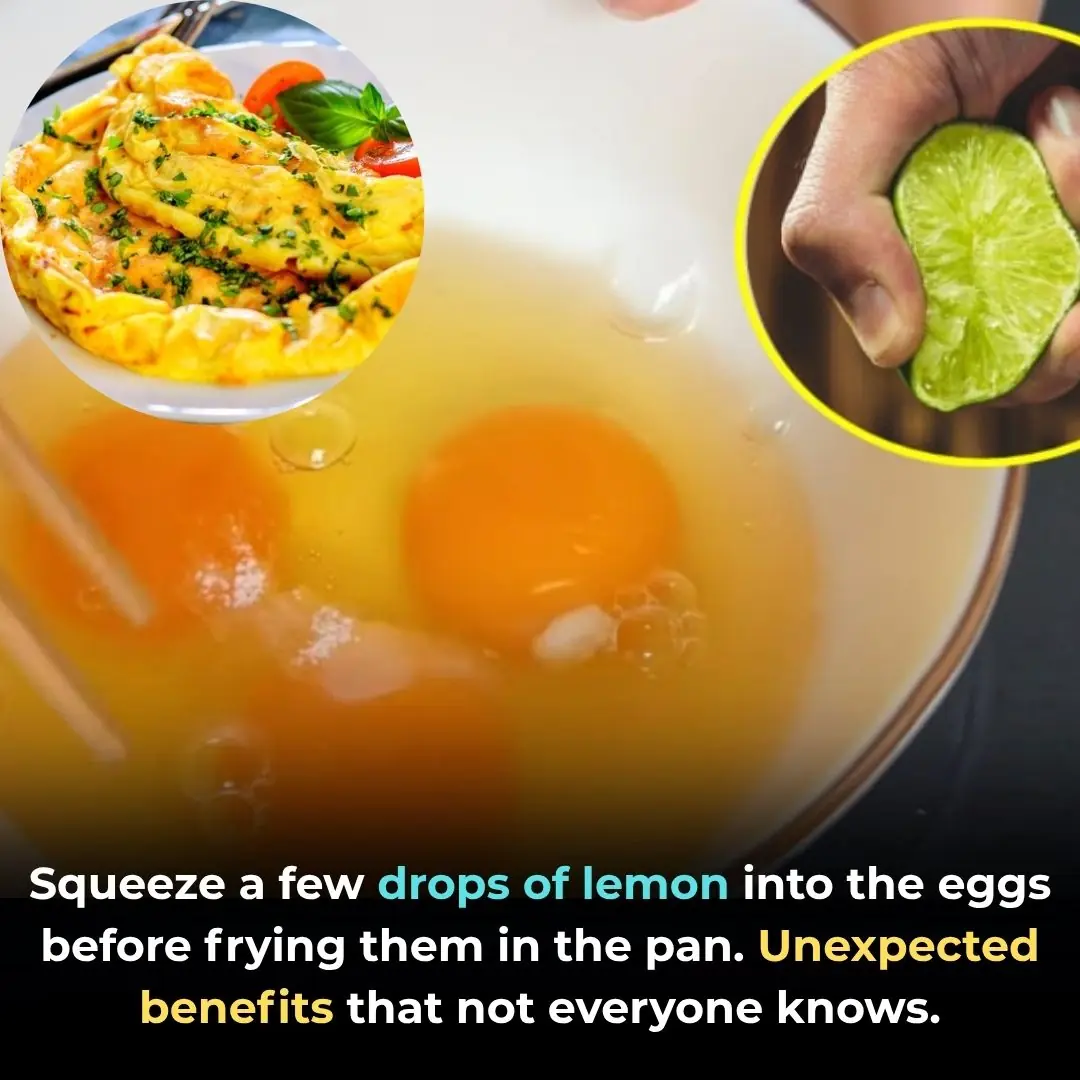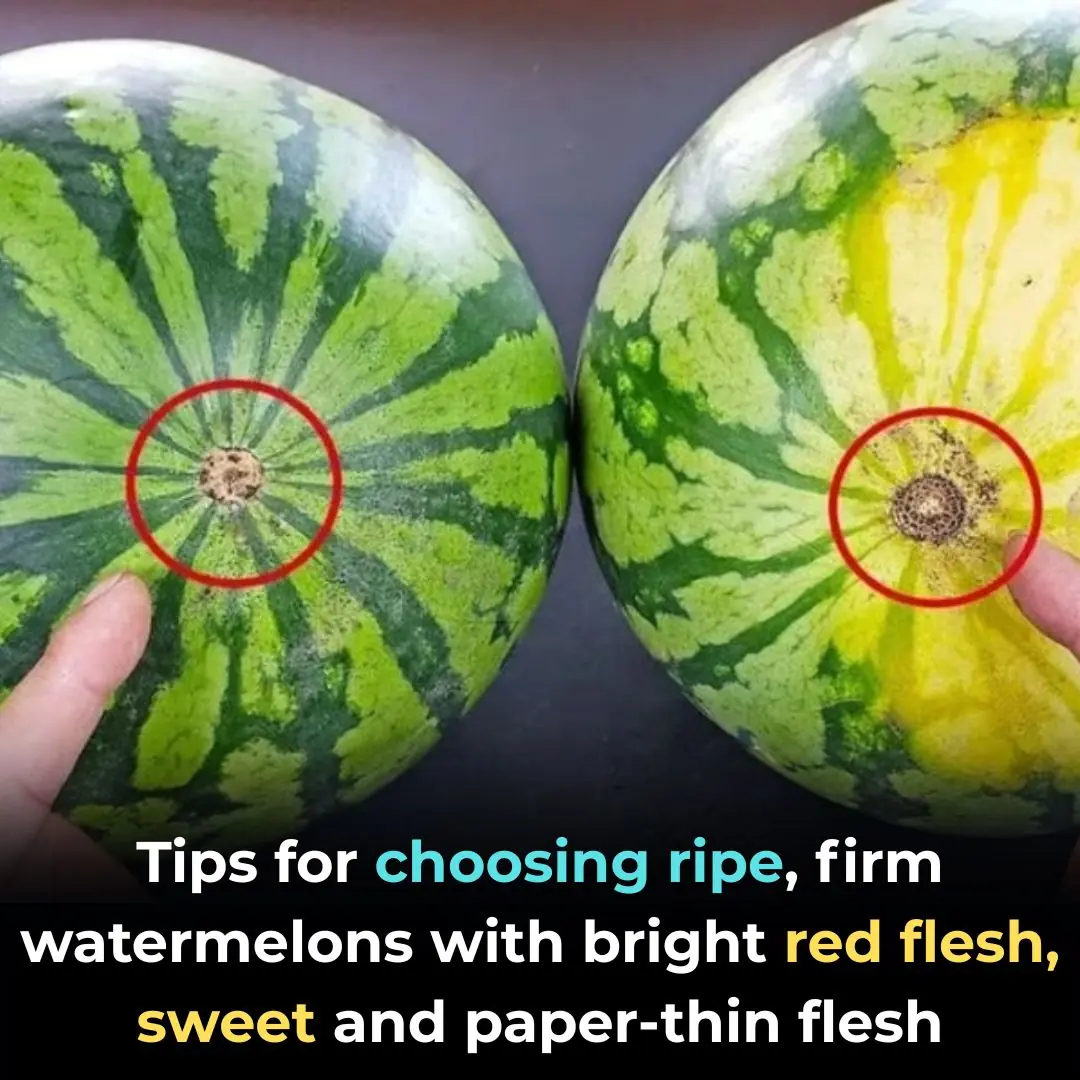
Don't put the plums in the fridge right away after buying them: Do one more step, the plums will stay fresh and delicious all year round, retaining their original flavor.

How to Choose and Preserve Fresh Dracontomelon (Sấu)
Choosing Fresh and High-Quality Dracontomelon
Selecting good-quality dracontomelon (commonly called sấu in Vietnam) is the first and most important step to ensure long-term preservation. The freshness and ripeness of the fruit determine not only its flavor but also how long it can be stored.
When buying, choose fruits that are at their prime ripeness—neither too young nor overripe. Ideally, pick medium-ripe fruits that feel firm when pressed. These fruits typically have slightly rough skin, thick and juicy flesh, and a pleasant sourness without being overly acidic. The seed should be moderate in size, not too large compared to the fruit.
Avoid any dracontomelon that looks bruised, darkened, or has soft spots. Such fruits are often damaged or starting to rot, which will affect the entire batch during storage. Likewise, fruits with shiny, smooth skin are usually too young. These are tender, high in water content, and spoil quickly once refrigerated.
Overripe fruits, on the other hand, tend to have less pulp and reduced sourness, while the seeds become larger and harder. These are not suitable for freezing or for making sour soup bases later on.
A small tip: when shopping at a traditional market, look for stalls where sellers regularly restock their dracontomelon. Freshly harvested fruits often have a more vibrant green color and a subtle fragrance.
How to Preserve Whole Fresh Dracontomelon
Once you bring the fruits home, the first step is to scrape off the outer skin carefully. Only remove a thin layer; avoid peeling too deeply, as that would cut into the flesh and cause the fruit to soften faster when frozen. While cleaning, discard any damaged or worm-eaten fruits.
Some people prefer to just cut off the stem, wash the fruits, and store them directly in the refrigerator without scraping the skin. However, this method is not ideal. The unpeeled skin can give the fruit a slightly bitter taste when cooked, and once thawed, it becomes mushy and difficult to peel.
As you scrape, immediately place the fruits into a bowl of water to prevent them from turning brown. After finishing, soak all the peeled fruits for about 10 minutes to keep their bright color and freshness. Then rinse again under clean water and let them air-dry completely until the surface feels dry to the touch.
Divide the fruits into small portions—around 300 grams per zip-lock bag—instead of storing everything in one large bag. This makes it easier to use later and prevents excess moisture from causing the fruits to clump together or freeze unevenly. Remove as much air as possible from each bag before sealing.
Place the bags in the freezer compartment, and with this method, the dracontomelon can be stored for up to six months while retaining its flavor and texture.
How to Preserve Mashed Dracontomelon
If you prefer a more convenient option, you can store the fruit in pureed form. The preparation steps are similar to those above. Cut off the stems, scrape the skin, and soak the fruits in water to remove any dirt or sap.
Next, boil a pot of water and cook the fruits until they are fully softened. Remove them from the heat and allow them to cool. Separate the seeds and keep only the flesh. Then, put the cooked flesh together with a bit of the boiling water into a blender and blend until smooth and creamy.
Pour the puree into an ice cube tray, filling each compartment. Place the tray into the freezer until the mixture solidifies into cubes. Once frozen, transfer the cubes into a sealed container or freezer bag. Whenever needed, simply take out a few cubes and add them directly to your soup or sauce—no thawing required.
This method allows you to preserve the fruit’s natural sourness and aroma for up to one year. It’s especially useful for cooking sour soups, dipping sauces, or drinks during the off-season when fresh dracontomelon is unavailable.
Extra Tip for the End of the Season
Toward the end of the season, when dracontomelon naturally ripens and turns slightly yellowish, you no longer need to scrape off the skin—the bitterness will have subsided. The same freezing method applies to these ripe fruits, though they’re also perfect for making sweet-and-sour syrup or preserved dracontomelon in sugar, a popular Vietnamese summer refreshment.
By following these steps, you can enjoy the unique tangy flavor of dracontomelon all year round—whether in soups, stews, or refreshing beverages.
News in the same category


The washing machine accumulates a lot of dirt and bacteria: Pour 1 bowl of this into the washing drum to make it clean like new, clothes will smell fresh right away

11 health benefits of green bean water, unfortunately many people do not know

These household appliances will quickly break if you use dishwashing liquid to clean them

How to Dry Clothes Quickly and Odor-Free on Damp, Humid Days — No Dryer Needed

Is It Right or Wrong to Place a Washing Machine in the Bathroom? Turns Out, Many People Have Been Mistaken All Along

The 4 Warning Signs Your Body May Show 15 Minutes Before a Stroke – Recognize Them and Call for Help Immediately

Tips to Prevent Pots from Getting Blackened When Using a Gas Stove: Simple Tricks Everyone Should Know

What Is the Hole on Scissors For? Many Home Cooks Don’t Know This and It’s a Shame!

Why You Should Never Pour Hot Water into Your Kitchen Sink

Squeeze a few drops of lemon into the eggs before frying them in the pan. Unexpected benefits that not everyone knows.

The house is full of dust even though you clean it regularly. Apply these 3 tips and the house will be clean even without cleaning it for a week.

When filling up gas, don't be foolish enough to say "full tank" or "50k", there are 6 smart ways to save a lot more

Dirty fan without removing the frame or using water: Do this to clean and shine the fan

You can keep your floor clean all week without mopping thanks to these 4 great tips that very few people know about.

Tips for choosing ripe, firm watermelons with bright red flesh, sweet and paper-thin flesh

How to wash and condition hair with beer to reduce hair loss and stimulate new hair growth

Don’t Clean Your Rice Cooker with Plain Water: Use This Method to Make It Sparkling Clean in Just 5 Minutes

If you find a roll of toilet paper in your fridge, you had better know what it means
News Post

Kova the Polar Bear Becomes First to Benefit from New Marine Mammal Outreach Kit

A Blanket Stolen, A Heart Restored: How One Dog Sparked a Wave of Kindness

Choti, the Sleepiest Little Soul of the Sanctuary

The Girl Who Wanted to Fly to the Moon: Lucy’s Brave Battle with Bone Cancer

A Mother’s Plea: Fighting for Alan’s Future

Spots of Joy: The Horse, the Pony, and the Dog Who Became Family

The Silent Hero Who Bought Milk for a Thief.

The Lioness Who Found Freedom: From Captivity to Courage.

The Rescuer Who Brought a Baby Elephant Back to Life

If I owe you for groceries, then you should pay for living in my apartment too,” the wife replied to her enterprising husband.

— The apartment is ours now! My son said so!” — my husband’s parents showed up at the door with suitcases.

A homeless boy paused at a fogged bakery window and whispered, “That’s my mom.” In that breath, the life James Caldwell had welded shut with money and silence came apart like thin glass.

A schoolteacher caught her husband in bed with a younger woman, kicked them both out, divorced him, and later met a great programmer at a resort.

“Let me in—now! This is my son’s home!” the mother-in-law shrieked, pounding on the door.

THE WEDDING SPEECH THAT CHANGED EVERYTHING

— Will you tell my fortune? I’ll grease your palm. The old gypsy woman stared at her in surprise.

My Husband’s Mother Held a Family Council — the Decision Took 3 Minutes, but Life Changed Forever

Daddy, that waitress looks just like Mommy!” The words hit James Whitmore like a shockwave. He turned sharply—and froze. His wife had died.

— “My grandma is coming to stay with us… for a couple of weeks,” Kostya forced out, and Rita realized that pregnancy and the upcoming birth were nothing compared to the nightmare rolling toward them.
